Adopted from Trends in microclimate control of museum display cases by Jerry Shiner
Silica gel passive buffers
An extension of the self-buffering concept is to provide a purpose-made buffering material that can be added to the showcase. A large number of organic materials could be used; over 1700 pounds of canvas hose was proposed for The Orangery of Hampton Court Palace in 1934 [6]. Inorganic silica gel offered many benefits, including seemingly infinite capacity for reuse. It was originally developed at the end of the First World War as a desiccant. In general use outside museums silica gel is usually first heated to remove moisture and is then used to capture and sequester humidity. However

museum microclimate buffering uses silica gel’s capacity to both retain and easily release moisture. This application uses a very small range of its moisture holding capacity, and regular silica gel is not very efficient as a buffering material. By varying the microscopic attributes of this material, silica gel can be tuned to form different grades, which provides more effective buffering in the range of normal museum storage humidities. In display cases where leakage is well controlled and in an ambient environment where the average of year round humidities is close to the desired relative humidity,
passive buffering can be very effective. A buffer in a case can absorb excess moisture as humid air leaks into the case and release it later when dry air leaks in. In theory, some buffers may never have to be changed. In environments where humidity conditions are consistently outside the desired target, larger quantities of buffering materials, frequent replacement, or tighter cases are needed.
By the nineteen seventies, silica gel had become a standard solution for case buffering and display cases could be ordered complete with drawers to hold a supply of silica gel for buffering While passive buffering using silica gel can be a vast improvement over cases with essentially no microclimate control, there are still significant areas where silica gel buffering proves ineffective. In some installations an inadequate transfer of moisture to and from the buffering compound into the case air results in stratification [10]. Air leakage through the case, and inadequate quantities of buffering materials can overwhelm the buffering capacity. Large cases can be especially vulnerable to these effects. Monitoring and maintaining buffers can easily be overlooked, and is often neglected.
Last New
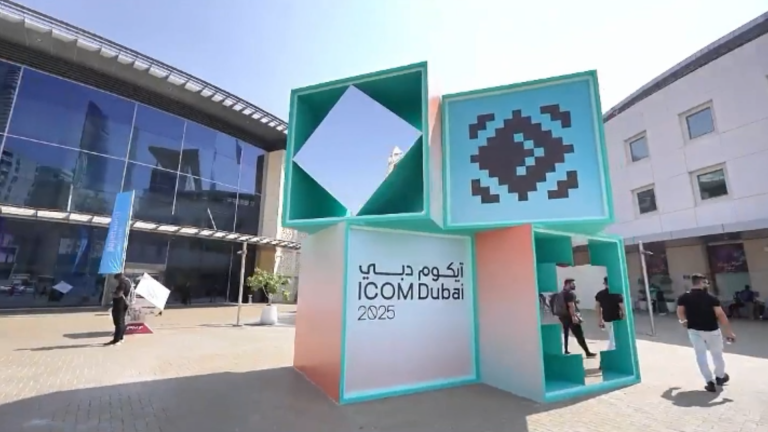
Relicase: Exhibit in Dubai, Engage with the world.
On November 12th 2025, the 27TH ICOM GENERAL CONFERENCE opened at the Dubai World Trade Center, the financial center of the Middle East. More than 4,000 professionals from more than 100 countries and regions around the world attended the conference, and more than 50 Chinese museum leaders, experts, scholars and enterprise representatives attended the conference. “This is a grand…
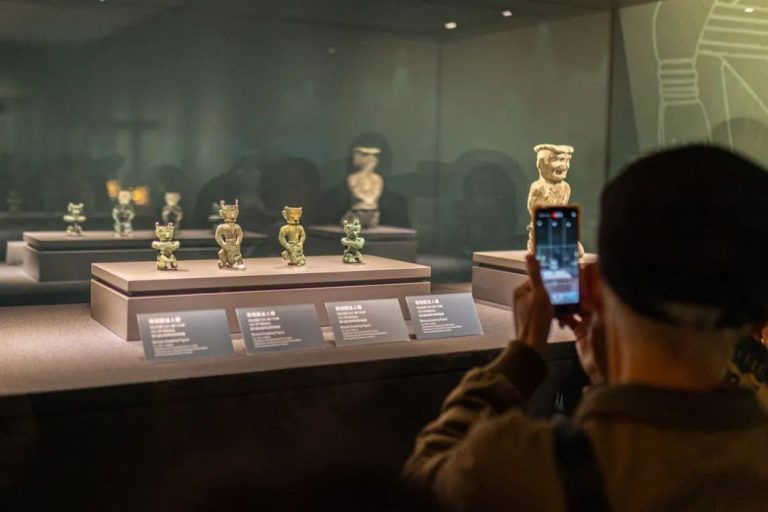
Museum Showcase Excellence: How Relicase Brought Ancient Shu Treasures to 300,000+ Visitors
Over 300,000 Visitors!Ancient Treasures of Shu Shine in Hengqin: The Mystique of Sanxingdui and Jinsha Captivates Audiences The special exhibition Ancient Treasures of Shu: Sanxingdui and Jinsha attracted more than 300,000 visitors, including nearly 60,000 from Hong Kong, Macau, and Taiwan, making up almost 20% of the total audience. On April 24, the three-month exhibition…
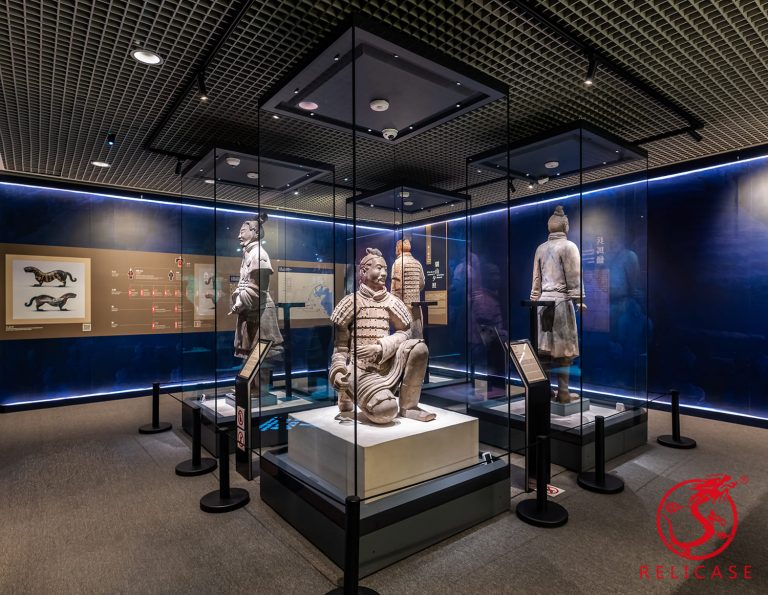
Relicase at Macau Museum: Safeguarding Heritage, Celebrating Legacy
Macau Museum: “Edification of the Masses — Cultural Treasures from the Zhou, Qin, Han, and Tang Dynasties” A Landmark Embraces Innovation The Macau Museum stands proudly atop the historic Mount Fortress, next to the famous Ruins of St. Paul’s. As an iconic symbol of Macau’s history and multicultural heritage, it now embraces the touch of…
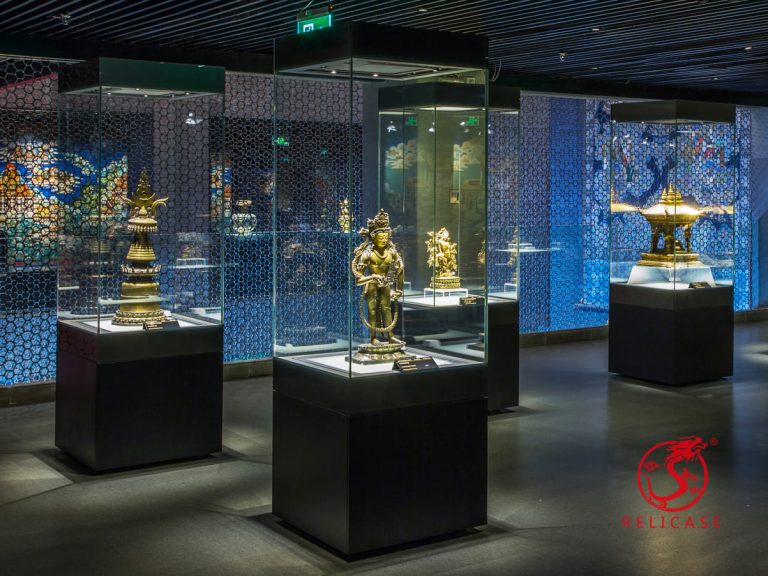
Potala Palace
Abstract On April 26, 2017, Relicase completed the showcase project for the Treasure Hall of the Potala Palace in Tibet. The Collections Hall spans three floors and is divided into two major sections, showcasing a total of 273 individual artifacts and replicas, as well as 155 sets of artifacts (or 159 sets, including 147 sets…
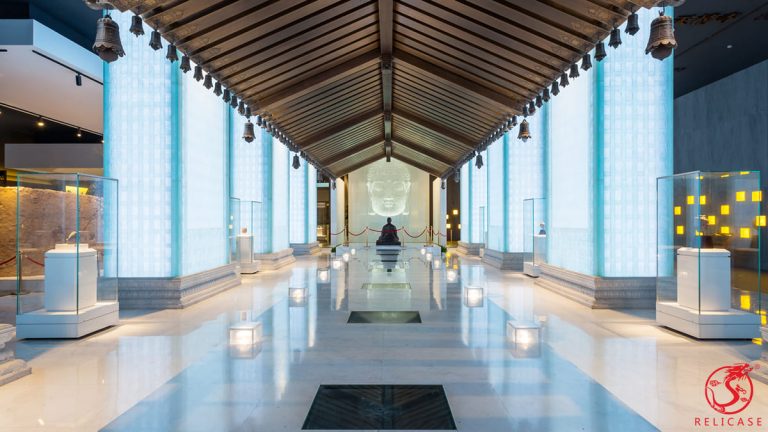
Porcelain Tower of Nanjing
Abstract The Porcelain Tower of Nanjing, named and constructed by Emperor Yongle of the Ming Dynasty to honor his parents’ boundless love and virtue, stands as a symbol of filial piety. Celebrated in Du Mu’s poetic lines, “Four hundred and eighty temples of the Southern Dynasties, how many pavilions linger in the mist and rain,”…

The basic guide to Museum Showcase Glass
As museums continue to modernize, the glass used in display cases has undergone a remarkable transformation to meet ever-evolving requirements for safety, visibility, and artifact preservation. The shift from basic transparent materials to specialized, high-performance glass highlights the strides made in exhibition technology. The Journey of Museum Showcase Glass Historically, glass in museum showcases was…
